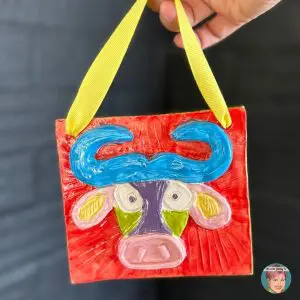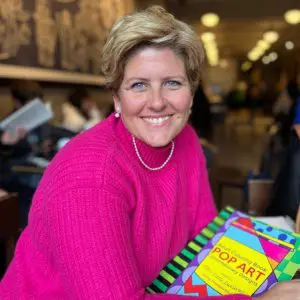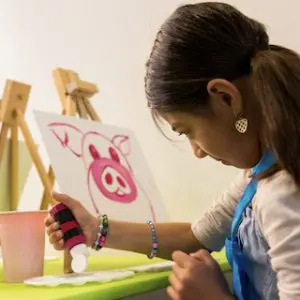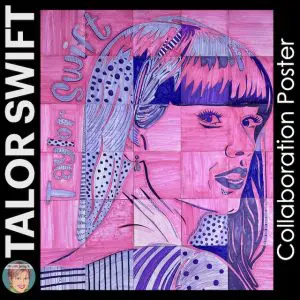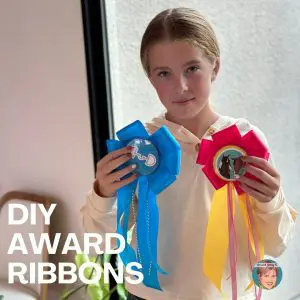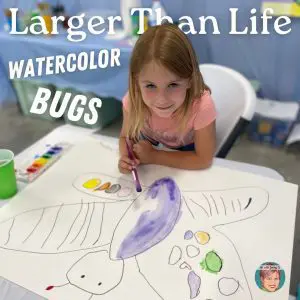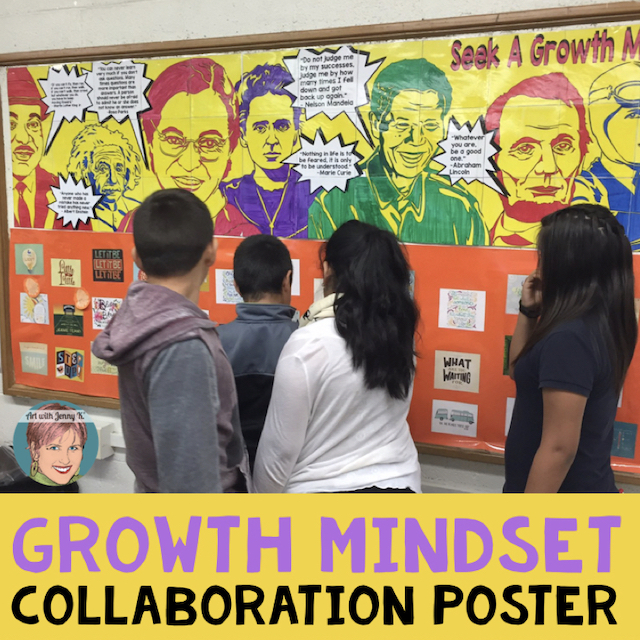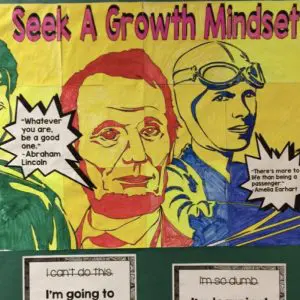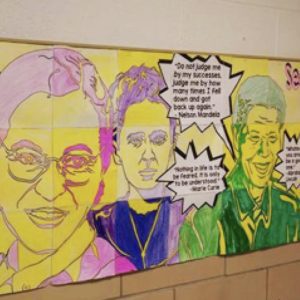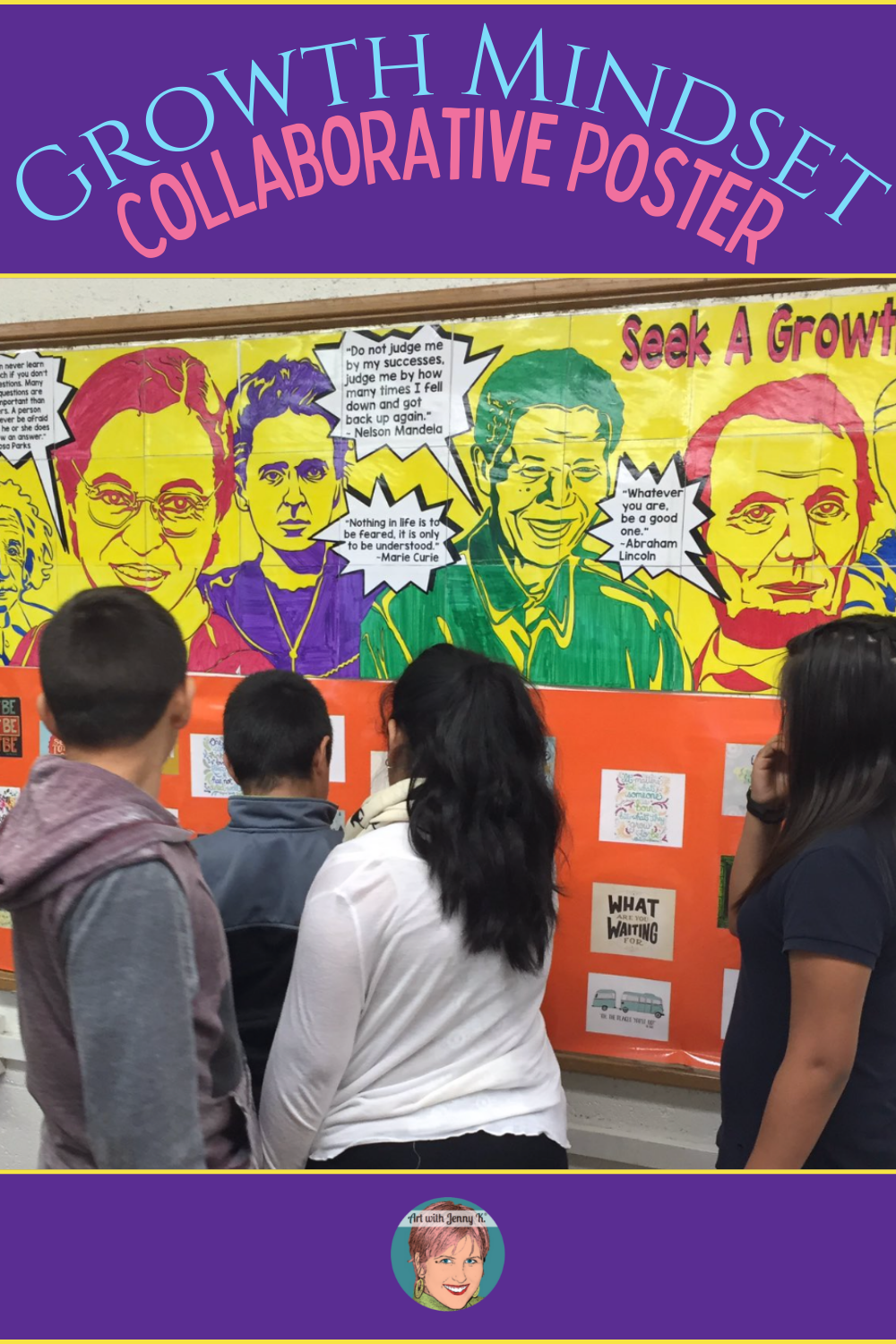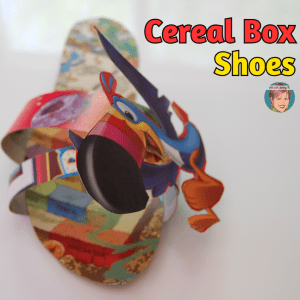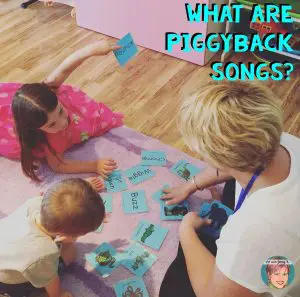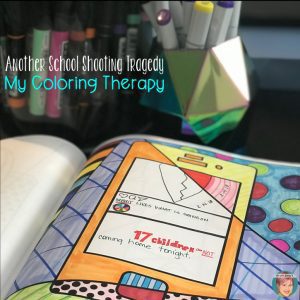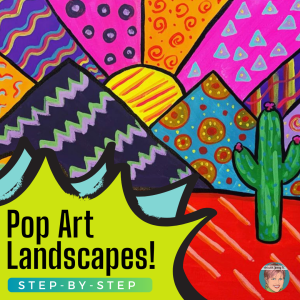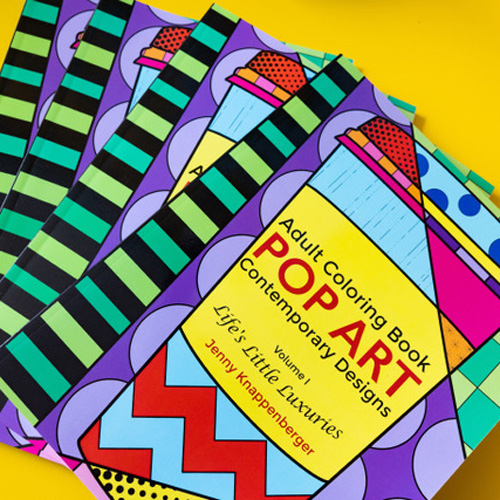Michael Jordan. Steve Jobs. Walt Disney. Oprah Winfrey.
What do these people have in common? Two things: They are famously successful. And they were miserable failures.
Jordan? Cut from his high school basketball team. Jobs? Unceremoniously removed from the company he started. Disney? Fired from a newspaper for lacking imagination. Winfrey was demoted from her job as a news anchor because she “wasn’t fit” for television.
Yet, such pronouncements did little to stand in the way of the eventual, colossal success of these modern-day luminaries. In fact, the rejection, failure, and sorrow they faced may well have spurred them to the heights they later achieved. Why?
Because you might argue, what these people also have in common is what’s known in psychology circles as a “growth mindset.” (Now popular in classrooms with a variety of growth mindset activities).
Coined by researcher Carol Dweck in her book Mindset: The New Psychology of Success, the term “growth mindset” refers to those who believe their intelligence or skill level can grow and be developed. Its opposite would be a “fixed mindset,” in which people believe their intelligence or skill level is immutable and fixed. (A classic example would be the person who declares herself “not a math person.”)
Dweck’s findings can be boiled down to a simple yet profound conclusion: Those with a growth mindset outperform those without. So, were Walt Disney and Oprah Winfrey just born with a growth mindset? Not exactly. A growth mindset isn’t necessarily a genetic or permanent condition. In fact, Dweck claims that most of us display a mixture of growth and fixed mindsets and that, furthermore, we probably always will.
If you don’t already have it, I highly recommend getting Carol’s book. You can find it by clicking on the image below.
This book is also very popular:
The good news is that if we pay attention to our “fixed mindset triggers,” we can overcome them and move closer to a growth mindset and, ultimately, to success – possibly even on the level of those aforementioned greats.
Obviously, this has huge implications in the classroom: What teacher (or parent, for that matter) doesn’t want her students to feel they can achieve anything they set their minds to?
A big piece of Dweck’s ongoing work with educators has to do with helping them adopt a deeper understanding of the growth mindset and how to integrate that understanding into their classroom practices. And it comes down to messaging. For example, instead of saying, “Not everybody is good at math, just do your best,” Dweck would have you say, “That feeling of math being hard is the feeling of your brain growing.” To the student who says she’s not a math person, you would encourage her to add the word “yet” to the end of the sentence.
The household names of our time – Disney, Oprah, MJ – have said some pretty inspiring things themselves. We can promote a growth mindset in our classrooms by exposing students to their messages, as well.
Growth Mindset Collaboration Poster
To that end, I have created a large, visually engaging Growth Mindset poster featuring quotes from famous people spanning centuries, including Abraham Lincoln, Albert Einstein, Amelia Earhart, Rosa Parks, Martin Luther King Jr., and Rosa Parks.
Besides being a fun, collaborative activity, this poster makes a colorful and dramatic impact as a hallway display. It will be sure to inspire not just students but colleagues, parents, and anyone passing by it!
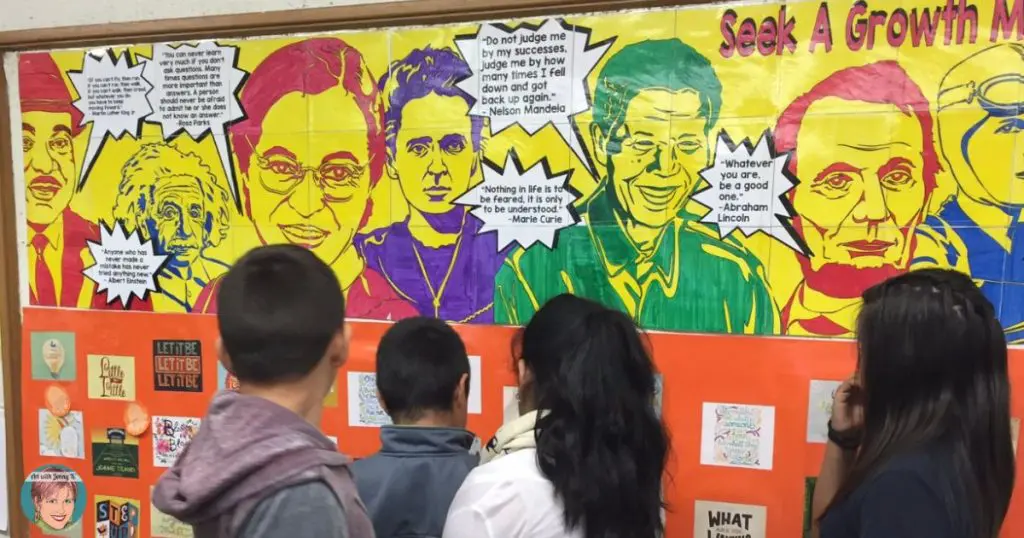
My poster is made up of a total of 36 8.5×11 pieces (it’s 21 inches by 84 inches when complete) and can be colored in using markers, colored pencils, or crayons (avoid these if you’re laminating, as crayon wax can melt from the heat).
You can differentiate the activity by assigning pages with fewer or more details and coloring; I’ve also created two variations of the color key in case one is easier for students to understand than the other.
It’s as easy as color…Cut..and assemble!
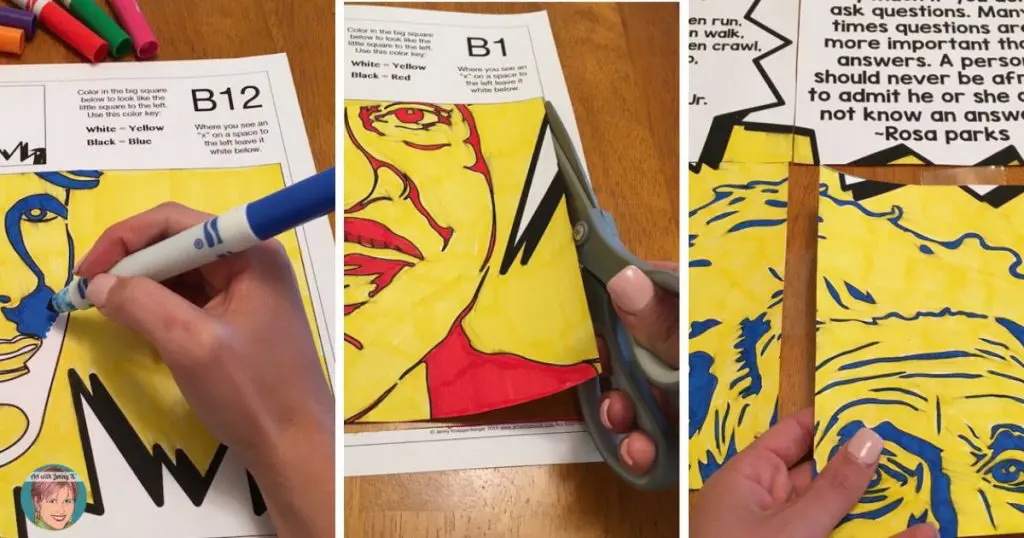
A poster of this size might seem like an ambitious undertaking – unless you and your students approach it with a growth mindset! Give it a try. As Dweck would say, “No matter what your current ability is, effort is what ignites that ability and turns it into accomplishment.”
The final poster makes an excellent hallway display for your school community.
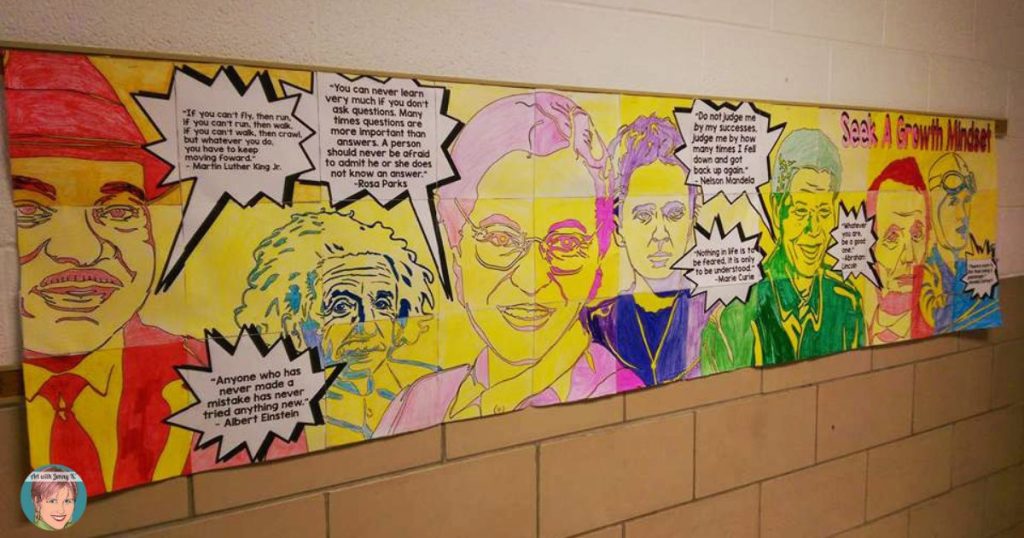
Many teachers enjoy combining my unique art project with Angela Watson’s Growth Mindset Unit.
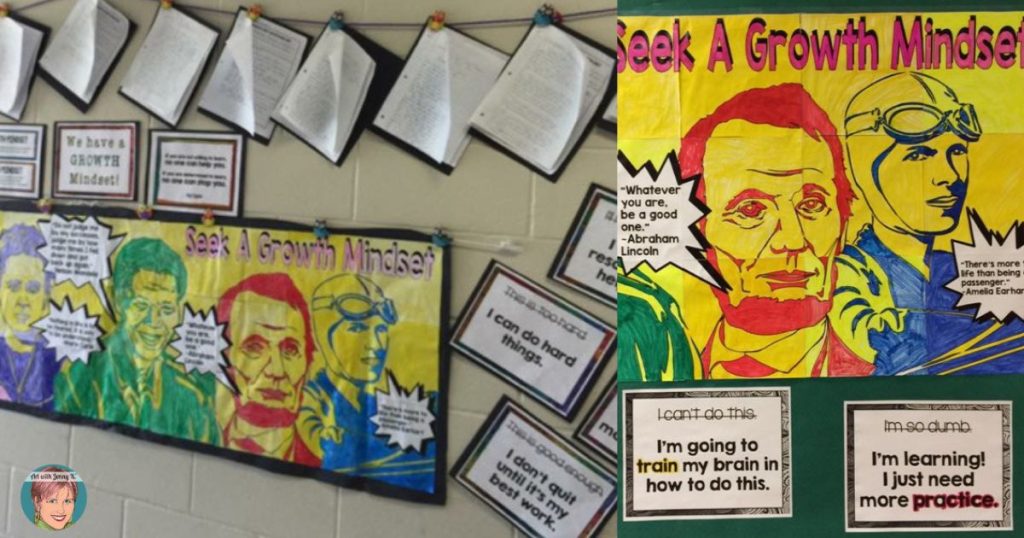
Goal setting is a big part of having a growth mindset. Years ago, I used the iconic image of Rosie the Riveter to create a collaboration poster that my students used to visually remind them of their goals. We wrote our goals on post-it notes and then put them on the poster. I hung the final poster in the teacher’s lounge so all the teachers could see the goals students in our school were working toward. You can preview this poster’s details HERE.
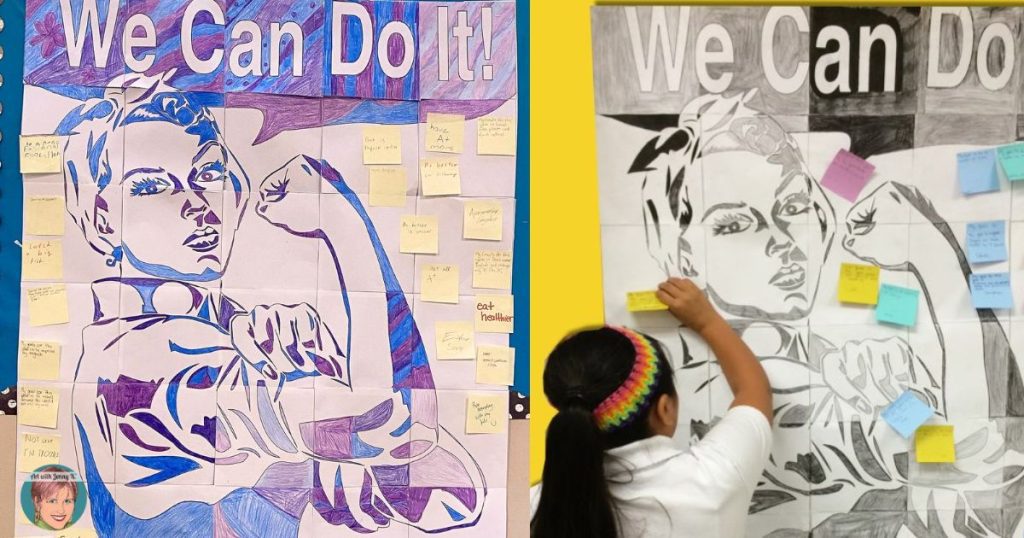
You can read many great books to your children about having a growth mindset. Here are some of my favorites (please note these book images are affiliate links to Amazon).
Thank you for reading and for making art with your kids!
Jenny K.

